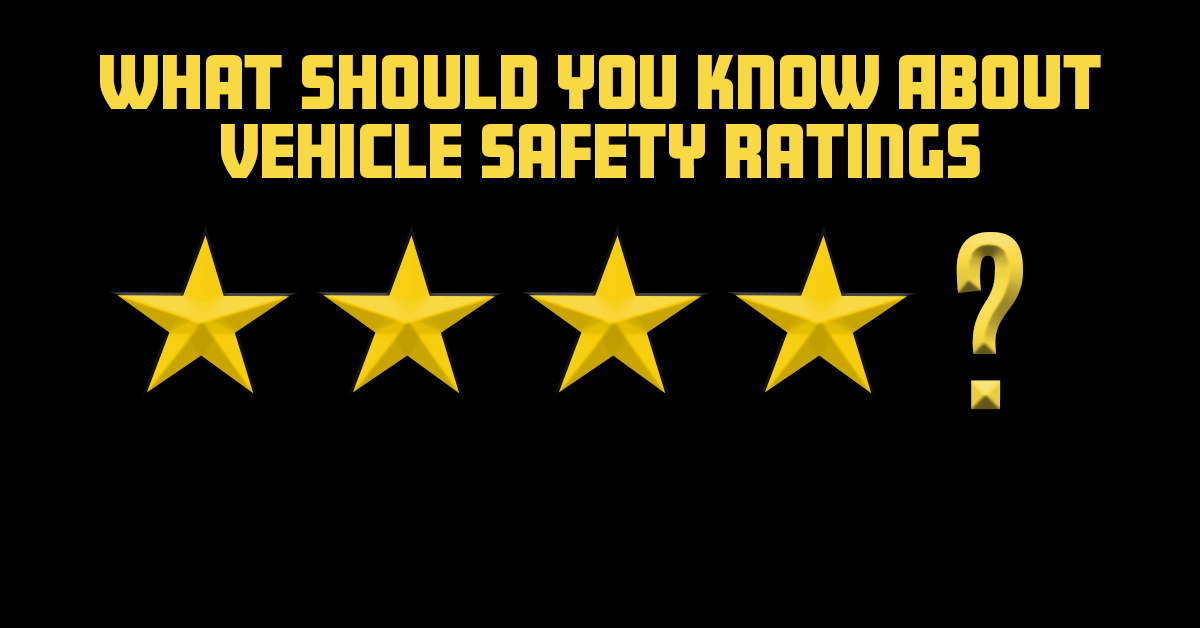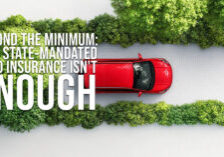
What Should You Know About Vehicle Safety Ratings
One of the criteria used in determining the cost of your automobile insurance is your car’s vehicle safety rating. Officially known as the National Highway Traffic Safety Administration Safety Ratings or NHTSA Safety Ratings, these are the results of government sponsored testing to independently determine which vehicles are the safest. The ratings use a five-star system with the safest vehicles achieving a five-star rating. The safer the vehicle, the more likely it is to score well in the ratings and result in lower automobile insurance premiums. You should know that the NHTSA ratings aren’t the only ones used in determining vehicle safety, there are other independent tests as well. The NHTSA tests, however, are the benchmark for vehicle safety testing.
How do these tests work and how can you access the rating results when considering the purchase of a vehicle? Here’s a closer look at NHTSA vehicle safety ratings.
Each year, the NHTSA chooses a wide selection of vehicles for testing. For 2020, for example, about 50 vehicles were selected for testing.
Testing is in four broad areas:
- Frontal Crash Test Scenario – This simulates a head on crash between two-vehicles on a two lane road. It also simulates what would happen if a vehicle crashes head-on into a fixed barrier at 35 mph.
- Side Barrier Crash Scenario – This simulates a scenario where, after stopping, your begin to move through a four-way stop. A car coming from your driver’s side, however, does not stop. The crash is simulated at about 38 mph.
- Side Pole Crash Scenario – Here, a scenario is created that is similar to a car rounding a curve on a wet street and sliding into a utility pole on the driver’s side. For testing the vehicle is angled at 75 degrees, and sliding at about 20 mph.
- Rollover Resistance Testing – Designed mainly for SUV’s, it helps in determining how top-heavy a vehicle is and how likely it may rollover at speeds simulating 55 mph.
The NHTSA also tests and rates modern driver assistance technology along with other safety devices like air bags, seat belts and tire-pressure monitoring systems.
The NHTSA offers a booklet and vehicle comparison tools online at their website. Along with checking vehicle safety ratings, you should verify the cost of insuring a specific vehicle you are considering buying. Doing that ahead of time may influence your choices. Contact one of our independent agents for a no-obligation quote on vehicle insurance before you make a final decision on your next vehicle. We are here to help.








